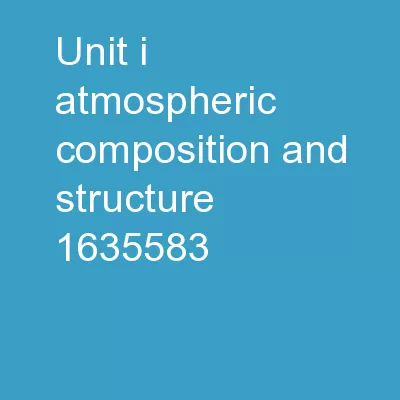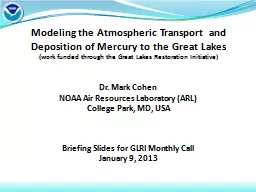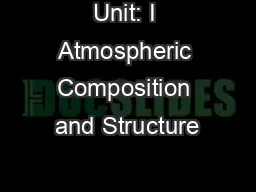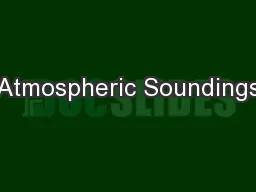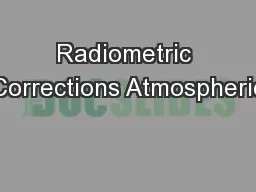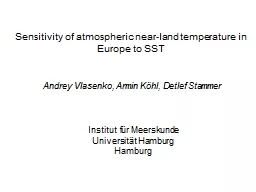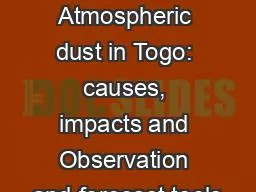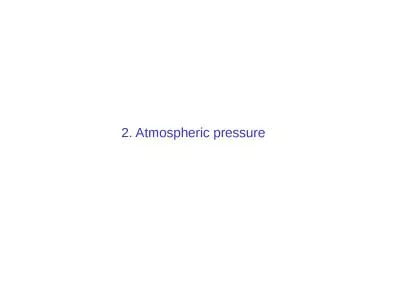PPT-Unit: I Atmospheric Composition and Structure
Author : briana-ranney | Published Date : 2019-01-20
General Characteristics Composition Gases water vapour and dust particles Structure Layered structure variation with altitude latitude and seasons Importance and
Presentation Embed Code
Download Presentation
Download Presentation The PPT/PDF document "Unit: I Atmospheric Composition and Stru..." is the property of its rightful owner. Permission is granted to download and print the materials on this website for personal, non-commercial use only, and to display it on your personal computer provided you do not modify the materials and that you retain all copyright notices contained in the materials. By downloading content from our website, you accept the terms of this agreement.
Unit: I Atmospheric Composition and Structure: Transcript
Download Rules Of Document
"Unit: I Atmospheric Composition and Structure"The content belongs to its owner. You may download and print it for personal use, without modification, and keep all copyright notices. By downloading, you agree to these terms.
Related Documents

